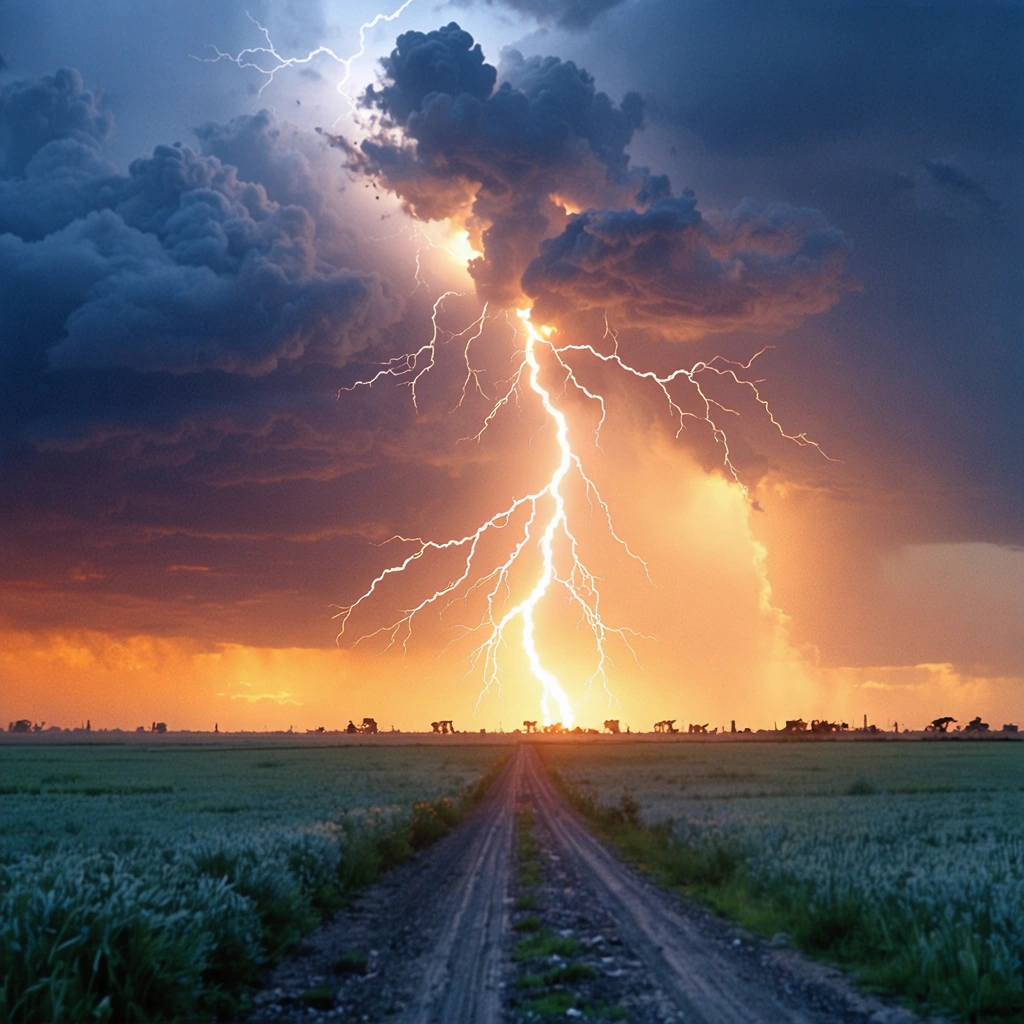
Introduction
In the world of meteorology and space science, it’s not every day that you get to witness a spectacle as profound as a ‘gigantic jet.’ This rare cosmic event was recently captured in November 2024, as an astronaut aboard the International Space Station (ISS) photographed the spectacle over New Orleans, Louisiana. This remarkable occurrence of nature, featuring a massive lightning bolt shooting skyward from a thunderstorm, provides a unique perspective on our planet’s weather system and the complex operations that occur in the atmosphere.
Gigantic Jet: Understanding the Phenomenon
What is a Gigantic Jet?
Gigantic jets are a type of lightning that shoots upward from thunderstorms into the ionosphere, the layer of the Earth’s atmosphere where temperatures are highest and most atmospheric ions are found. These phenomena are believed to connect the Earth’s lower atmosphere with the electrically charged region above the weather layer.
Why are Gigantic Jets Rare?
Gigantic jets are considered rare for several reasons:
- Difficult to observe: Gigantic jets occur in the upper atmosphere and are often obscured by clouds or occur over the ocean, far from observers on land.
- Short-lived: These events last for only fractions of a second, making them difficult to capture without high-speed cameras or other specialized equipment.
- Require specific conditions: Gigantic jets form under specific atmospheric conditions and are typically associated with powerful thunderstorms.
The Impact of Gigantic Jets
The occurrence of gigantic jets provides valuable information for meteorologists and scientists studying the Earth’s atmosphere, weather systems, and global electrical circuit. These events contribute to the transfer of electric charge from the Earth’s surface to the ionosphere, which can influence atmospheric dynamics and weather patterns.
Narrating the Spectacular Event Over New Orleans
It was over the skies of New Orleans, amidst a violent thunderstorm, that the ISS astronaut managed to capture the stunning image of the gigantic jet. The image provides an extraordinary view of the event, showing the gigantic jet towering 50 miles above the ground, connecting the thunderstorm with the upper atmosphere. The timing of the photograph and its high-resolution capture make it a significant contribution to our understanding of these rare events. This visual evidence, coupled with data collected from the ISS, creates a comprehensive picture that will aid in the further study of gigantic jets and their impacts on our atmosphere.
Conclusion
The spectacular image of the gigantic jet over New Orleans is a testament to the marvels of nature and our ongoing exploration of the Earth’s atmosphere. This event underscores the need for continuous observation and study of our planet’s atmospheric phenomena to better understand and predict weather patterns and contribute to the broader field of climate science.







